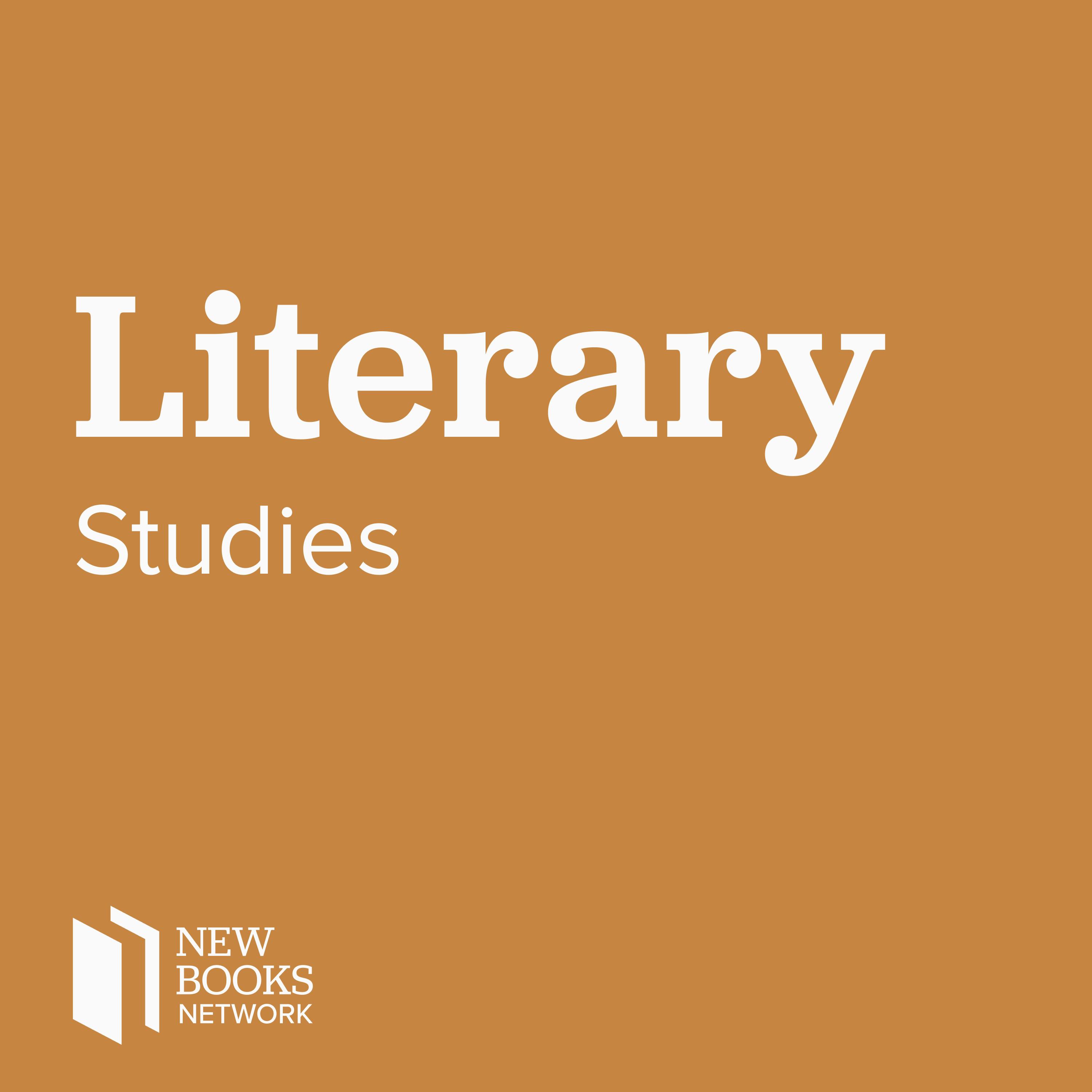
Jed Rasula, "What the Thunder Said: How 'The Waste Land' Made Poetry Modern" (Princeton UP, 2022)

New Books in Literary Studies
Shownotes Transcript
When T. S. Eliot published The Waste Land in 1922, it put the thirty-four-year-old author on a path to worldwide fame and the Nobel Prize. "But," as Jed Rasula writes, "The Waste Land is not only a poem: it names an event, like a tornado or an earthquake. Its publication was a watershed, marking a before and after. It was a poem that unequivocally declared that the ancient art of poetry had become modern." In What the Thunder Said: How 'The Waste Land' Made Poetry Modern)* *(Princeton UP, 2022), Rasula tells the story of how The Waste Land changed poetry forever and how this cultural bombshell served as a harbinger of modernist revolution in all the arts, from abstraction in visual art to atonality in music.
From its famous opening, "April is the cruellest month, breeding / Lilacs out of the dead land," to its closing Sanskrit mantra, "Shantih shantih shantih," *The Waste Land *combined singular imagery, experimental technique, and dense allusions, boldly fulfilling Ezra Pound's injunction to "make it new." What the Thunder Said traces the origins, reception, and enduring influence of the poem, from its roots in Wagnerism and French Symbolism to the way its strangely beguiling music continues to inspire readers. Along the way, we learn about Eliot's storied circle, including Wyndham Lewis, Virginia Woolf, and Bertrand Russell, and about poets like Mina Loy and Marianne Moore, whose innovations have proven as consequential as those of the "men of 1914."
Filled with fresh insights and unfamiliar anecdotes, What the Thunder Said recovers the explosive force of the twentieth century's most influential poem.
Learn more about your ad choices. Visit megaphone.fm/adchoices)
Support our show by becoming a premium member! https://newbooksnetwork.supportingcast.fm/literary-studies)